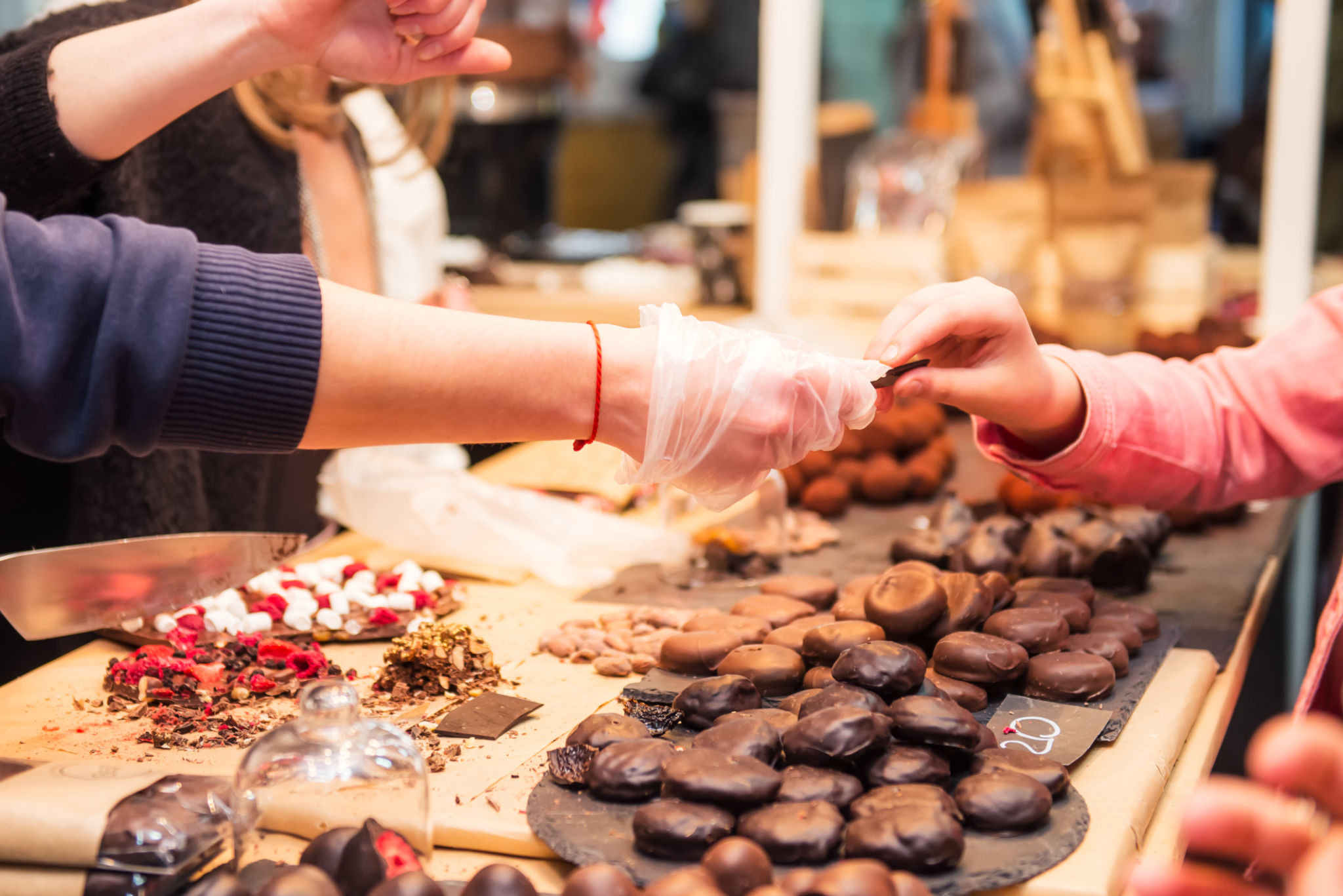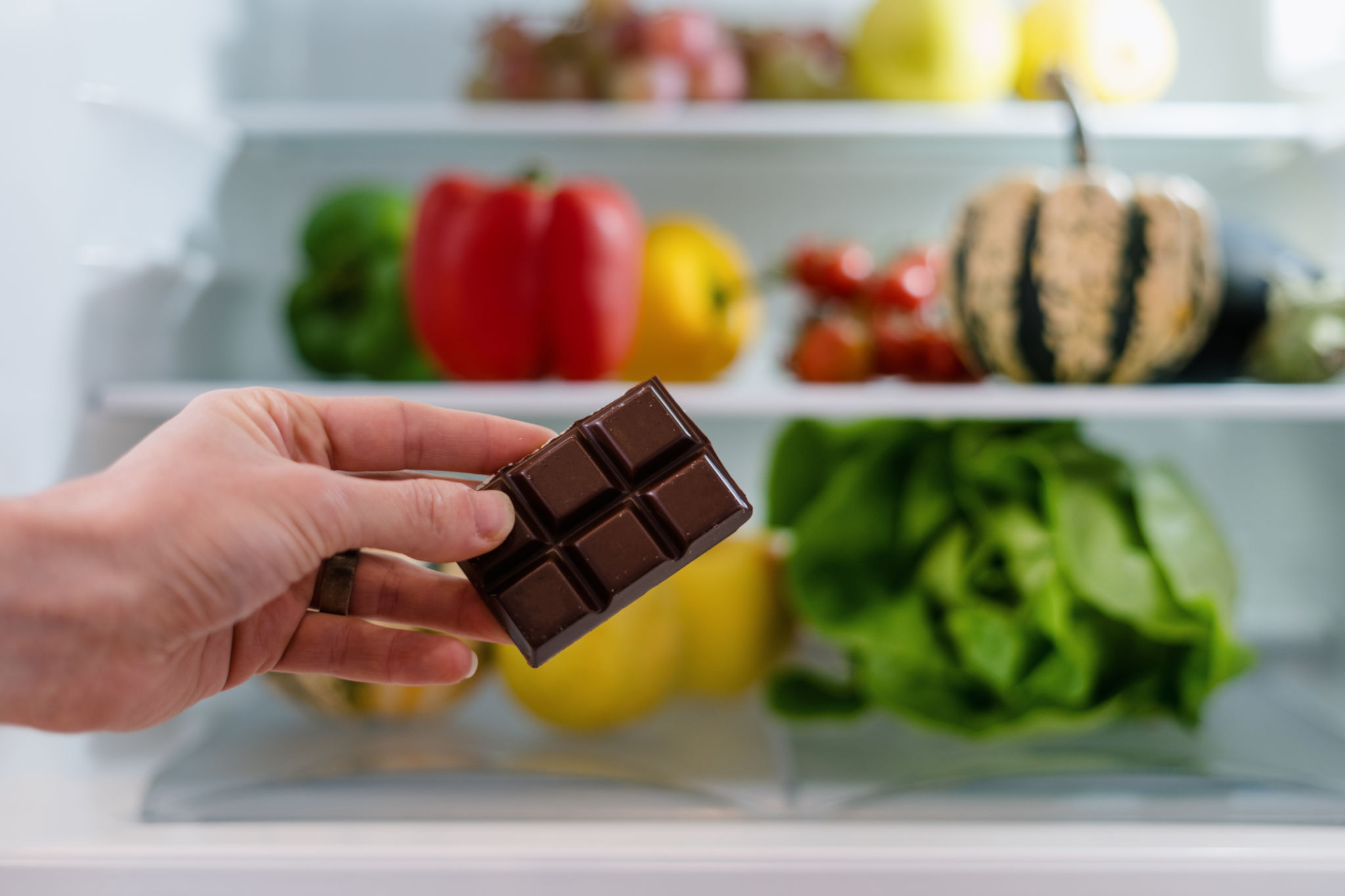How to Savor and Enjoy Gourmet Chocolates Like a Connoisseur
Understanding Gourmet Chocolates
Gourmet chocolates are more than just a treat; they are an experience to be savored. Unlike regular chocolates, gourmet varieties boast a complexity of flavors, higher quality ingredients, and an artisan touch that elevates them to a confectionery art form. Understanding the nuances of these luxurious delights is the first step to enjoying them like a connoisseur.
These premium chocolates are crafted from the finest cacao beans, often sourced from specific regions known for their rich soil and climate that enhance the cacao's natural flavors. The process of creating gourmet chocolate involves meticulous attention to detail, from the selection of beans to the final packaging. Each step contributes to the unique taste and texture that distinguishes gourmet chocolates from their mass-produced counterparts.

The Art of Tasting
To fully appreciate gourmet chocolates, one must engage in the art of tasting, which is an immersive sensory experience. Begin by observing the chocolate's appearance. High-quality chocolate should have a glossy finish and a rich color, indicating that it has been tempered correctly. Next, take in the aroma by bringing the chocolate close to your nose and inhaling deeply; this will reveal the chocolate's complex scent profile.
Once you've appreciated its aroma, it's time to take a small bite. Allow the chocolate to melt slowly on your tongue, noting the flavors that unfold. Pay attention to the texture as well—whether it's smooth, creamy, or slightly granular. As the chocolate melts, its flavor profile will develop, revealing layers of taste from fruity and nutty to spicy or floral notes.

Pairing with Complementary Flavors
Enhance your gourmet chocolate experience by pairing it with complementary flavors. Different chocolates pair well with a variety of foods and beverages, such as wines, cheeses, nuts, and fruits. For instance:
- Dark chocolate often pairs beautifully with red wines like Cabernet Sauvignon or Merlot.
- Milk chocolate can be complemented by lighter wines such as Riesling or even a cup of black coffee.
- White chocolate, with its creamy texture and mild flavor, pairs well with champagne or citrus fruits.

The Importance of Mindful Enjoyment
Savoring gourmet chocolates is as much about mindfulness as it is about taste. Allocate time to enjoy your chocolate without distractions to fully immerse yourself in the experience. Taking small bites and chewing slowly allows you to appreciate the intricate flavors and textures.
Mindful enjoyment encourages you to live in the moment and derive pleasure from the simple act of eating chocolate. It transforms a simple indulgence into a luxurious ritual, allowing you to connect more deeply with your food and its origins.
Preserving Quality for Future Tastings
To ensure that your gourmet chocolates retain their quality over time, proper storage is essential. Store them in a cool, dry place away from direct sunlight and strong odors, which can affect the chocolate's flavor. An ideal storage temperature is between 60-70°F (15-21°C).
Avoid storing chocolates in the refrigerator, as moisture can cause them to develop a white film known as "bloom." If you must refrigerate them due to high ambient temperatures, place them in an airtight container first.

In conclusion, savoring gourmet chocolates is an art that involves understanding their origins, tasting with intention, pairing with complementary flavors, and preserving their quality. By embracing these practices, you can elevate your chocolate tasting experience and truly enjoy them like a connoisseur.
